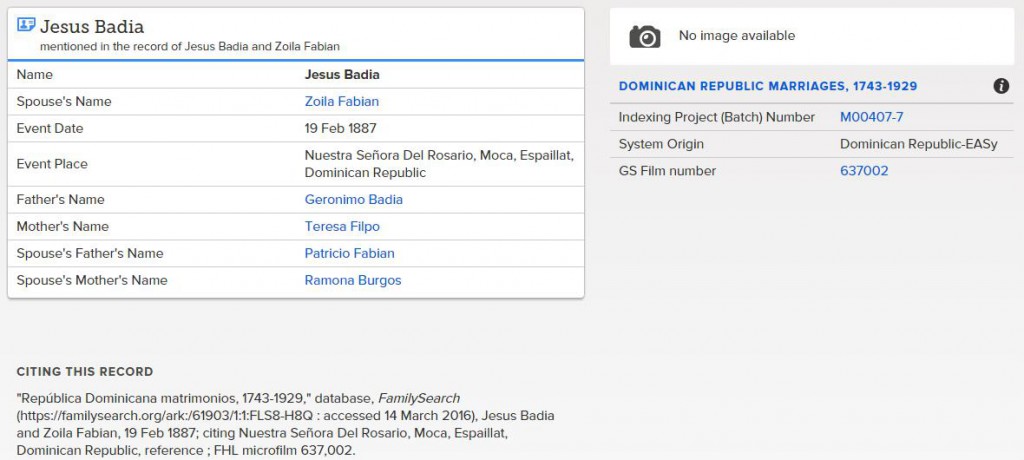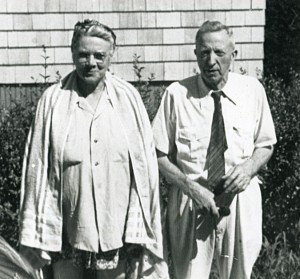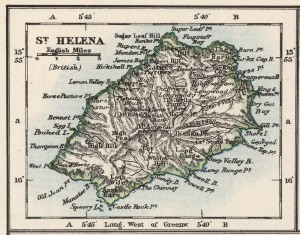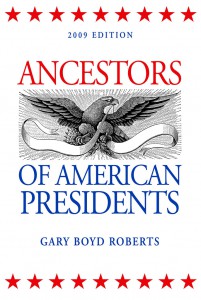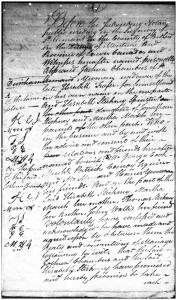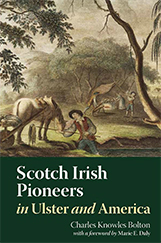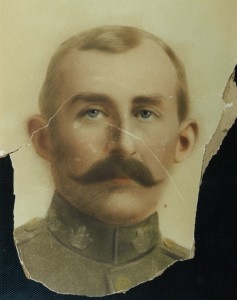
Next week I will be attending the Who Do You Think You Are? Live conference in Birmingham, England, where it is expected that more than 12,000 participants will be in attendance. The mustering of such a large body of genealogists and historians was only matched last year, in the United States, when the Federation of Genealogical Societies and RootsTech shared venues.
My ancestors are strong in New England on my mother’s maternal side, and I am very Canadian with mixed origins on my father’s side. However it is through my mother’s father John Samuel Lea (1901–1965) that I am most recently British. I was last in England nearly thirty years ago, as I was approaching my senior year in high school. At that point, veterans of the First World War were still alive in America, Canada, and throughout Europe. Continue reading “Over there”

